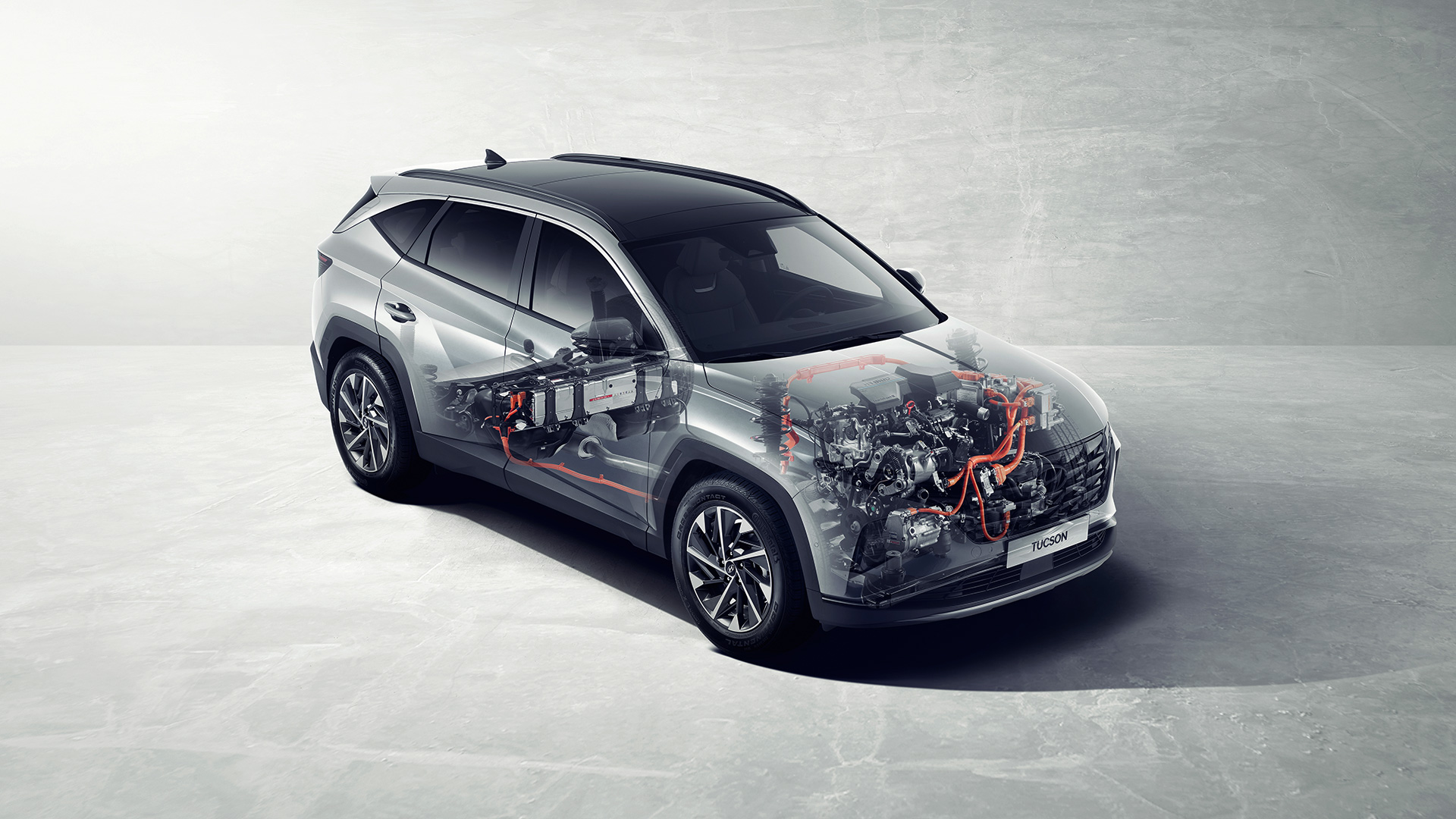
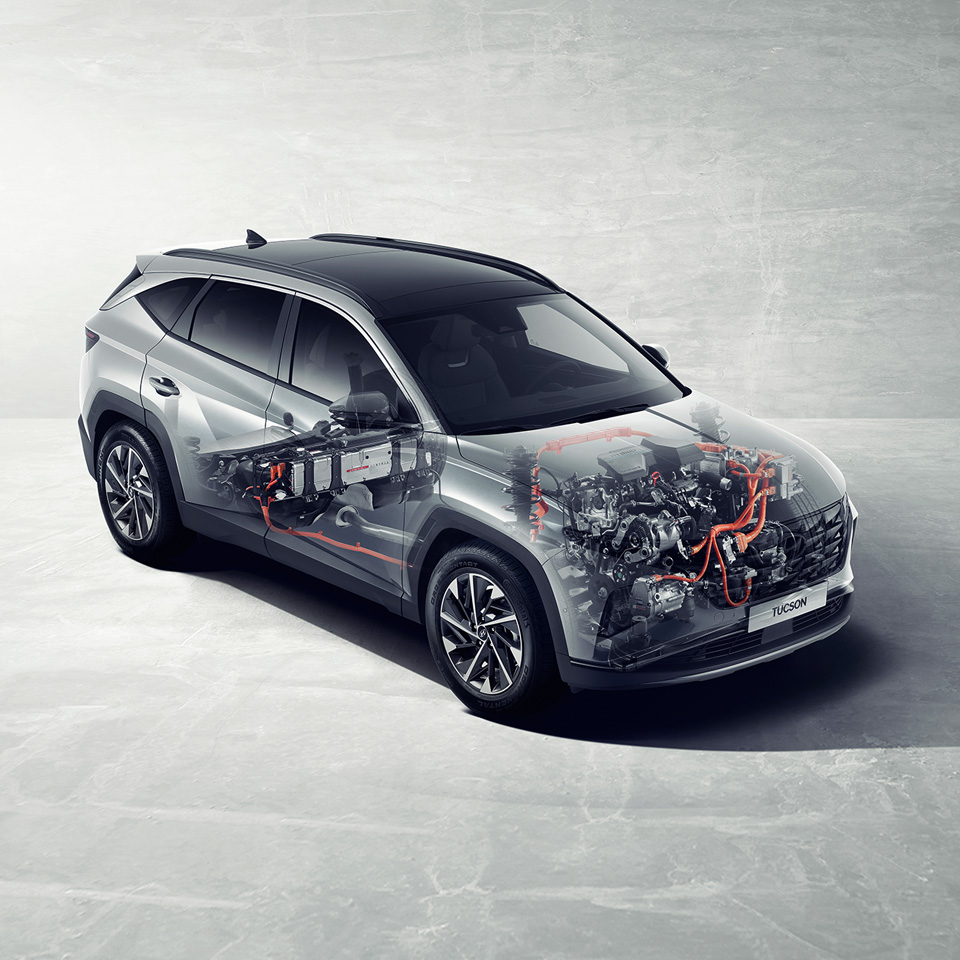


Unlike a general internal combustion engine, a hybrid vehicle uses the power of an electric motor and an engine together. Therefore, it has a larger battery than an internal combustion engine. So, will the hybrid car be free from the battery discharge problem? Here are the answers to the questions related to hybrid cars.
Q. Are there no 12V batteries in hybrid cars?
A. No. A hybrid vehicle consists of a high-voltage battery that runs the electric motor and a 12V low-voltage battery that powers the automotive electronic system.
Q. Are the 12V low-voltage battery of a hybrid car better than the lead-acid battery?
A. Yes. Modern hybrid vehicles have lithium iron phosphate batteries instead of lead-acid batteries. Lithium iron phosphate batteries are significantly better than lead-acid batteries, considering the volume and weight.
Q. Are the latest hybrid cars frequently discharged?
A. That's not true. Hybrid vehicles house a battery protection function to automatically shut off power in case of over-discharge. This is clearly different from discharge.
Q. If you frequently use the ‘12V BATT RESET’ function of a hybrid vehicle, will the battery life shorten?
A. This is also not true. The ‘12V BATT RESET’ function reconnects the cut-off power to protect the battery. In other words, it doesn't significantly affect battery life.
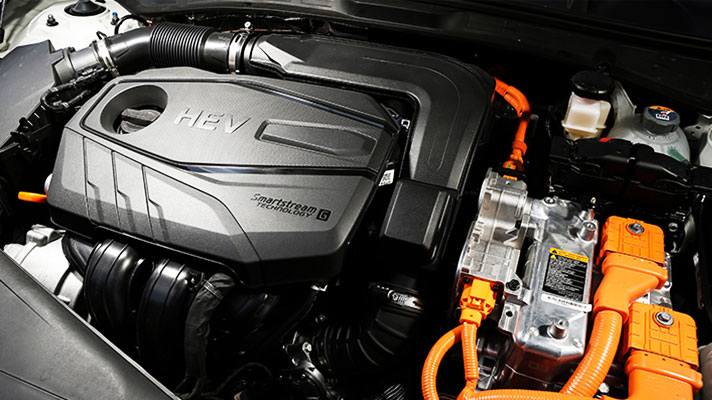
The reason we first look into the characteristics of hybrid vehicles is because of misunderstandings about electric discharge. Recently, as hybrid vehicles have become very popular, the discharge symptoms of hybrid vehicles are also becoming an issue. The driver of the hybrid vehicle experiences the vehicle's discharge even though the black box's power-off function is set. In fact, this is not the discharge of the hybrid car, but the battery protection function activated. In addition, the black box's power-off function is set based on a general internal combustion engine vehicle, so it cannot function properly in a hybrid vehicle.
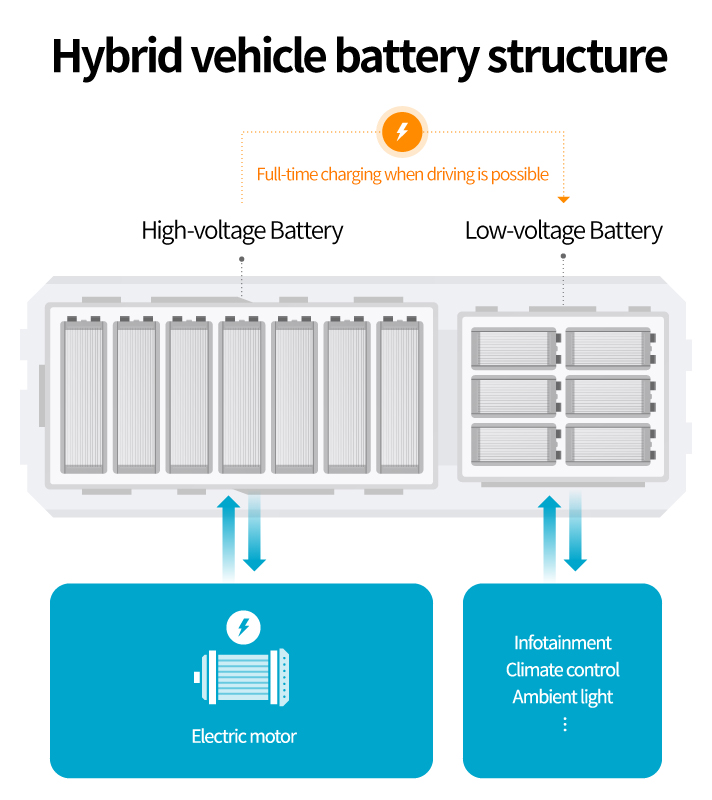
In order to solve the above-mentioned discharging problem, it is necessary to understand the battery characteristics of a hybrid vehicle first. First, let's take a look at the battery composition of a hybrid vehicle. The internal combustion engine vehicle is powered by a 12V battery, but the battery of a hybrid vehicle consists of a high-voltage battery and a low-voltage battery. The two batteries have different roles as much as the difference in voltage and capacity. The high-voltage battery is used as an energy source to add power to the vehicle, and the low-voltage battery supplies power to the vehicle’s electric field (most electrical and electronic devices and facilities in the vehicle). do. In other words, a high-voltage battery is used to operate a hybrid vehicle, but a 12V battery is required to operate all other electric devices, just like conventional internal combustion engines do.
The reason why a hybrid vehicle consists of both a high-voltage battery and a low-voltage battery is to increase energy efficiency. Usually, to move a vehicle weighing more than 1.5 tons, an electric motor that exerts a powerful force must be driven. However, all vehicle electronic systems other than electric motors are standardized to 12V. For this reason, the battery of a hybrid vehicle is divided into high voltage and low voltage.
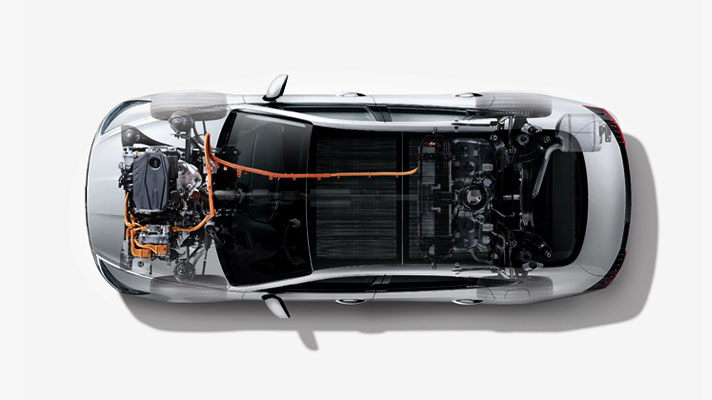
Hyundai Motor Group's latest hybrid vehicles use lithium iron phosphate batteries instead of conventional 12V lead-acid batteries for low-voltage batteries. A small and light lithium iron phosphate battery is integrated with a high-voltage battery and applied under the rear seat. In addition, lithium iron phosphate batteries have the most similar usage range to existing lead-acid batteries for better stability.
So, what are the advantages of lithium iron phosphate batteries compared to conventional lead-acid batteries? Lithium iron phosphate batteries are smaller in volume than lead-acid batteries but are more energy-efficient and lighter. The weight of the low-voltage lithium iron phosphate battery applied to the latest hybrid vehicle is about 4 kg, and it is possible to reduce the weight by more than 15 kg compared to when a lead-acid battery is applied. Such weight reduction naturally leads to high fuel efficiency. In addition, due to its small volume, it can be mounted under the seat along with a high-voltage battery. Therefore, it is possible to secure an additional space of about 60 liters without occupying a separate space in the trunk.
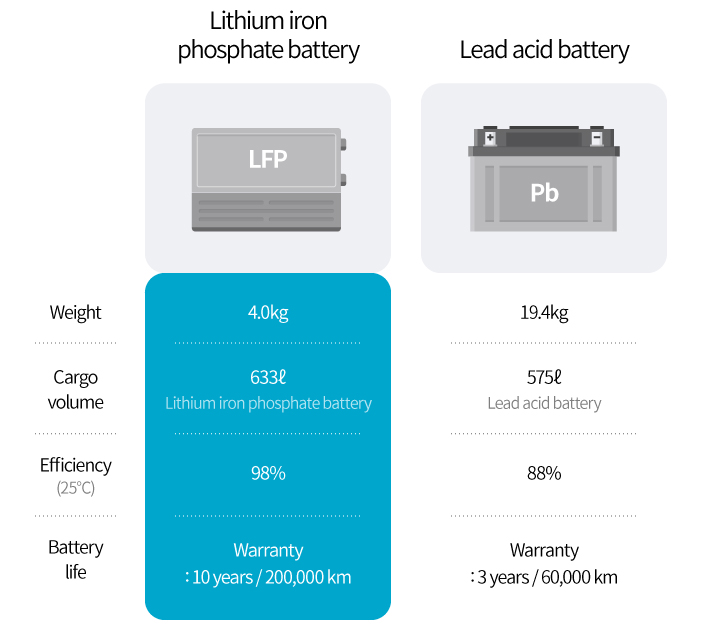
High energy density is also one of the great advantages of lithium iron phosphate batteries. Lithium iron phosphate batteries have twice the energy density per weight compared to lead-acid batteries. This results in about 10 percentage points more energy efficiency with a much lighter battery weight. For example, a lead-acid battery's voltage also drops below 12V when the charge falls below 40%, but a lithium iron phosphate battery maintains the voltage above 12V even up to 10% of the charge. In other words, it better maintains the voltage required by the vehicle's electric field. This reduces the chance of power out that can occur when using multiple electrical devices at the same time. In addition, lithium iron phosphate batteries have a very long lifespan (10 years/200,000 km warranty) as they have excellent charging and discharging durability about three times compared to lead-acid batteries. In addition, it is safe by maintaining a stable state without explosion or gas leakage even in an impact or over-discharge state.
In addition, Hyundai Motor Group's latest hybrid vehicles have a self-blocking function to prevent over-discharge of the low-voltage battery. This function prevents over-discharge by automatically shutting off the power when the voltage of the low-power battery drops below a certain level due to excessive dark current after turning off the engine power. Recently, as the number of hybrid vehicles increases, discharge symptoms of hybrid vehicles are also often found. In this state, the smart key does not work, and power is not supplied even when the start button is pressed, showing the same symptoms as in the discharged state.
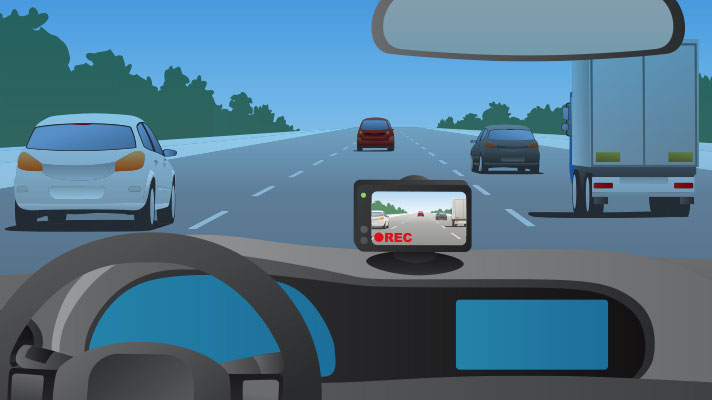
For example, if the motor is on for a long time while parked with the door open, the system checks the state of charge (SOC) of the low-voltage battery and cuts the power by itself. Among them, the most frequent problem is the parking mode of the black box. The parking mode of the black box is activated even after the engine has stopped, resulting in an easy power-off state.
For example, if the motor is on for a long time while parked with the door open, the system checks the state of charge (SOC) of the low-voltage battery and cuts the power by itself. Among them, the most frequent problem is the parking mode of the black box. The parking mode of the black box is activated even after the engine has stopped, resulting in an abrupt power-off state.
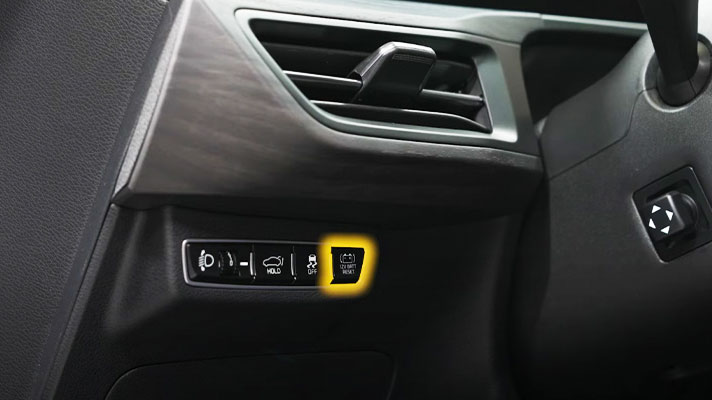
If the power is cut off with the battery protection feature, how can we start the engine? This can be easily solved by using the 12V battery reset function housed by the hybrid car. When the driver presses the 12V BATT RESET button, the blocked 12V battery is reconnected, and the engine can be started by pressing the start button within 15 seconds. In addition, after starting the engine, the low-power battery must be charged by stopping or driving for about 30 minutes with the ‘ready to drive’ indicator on.
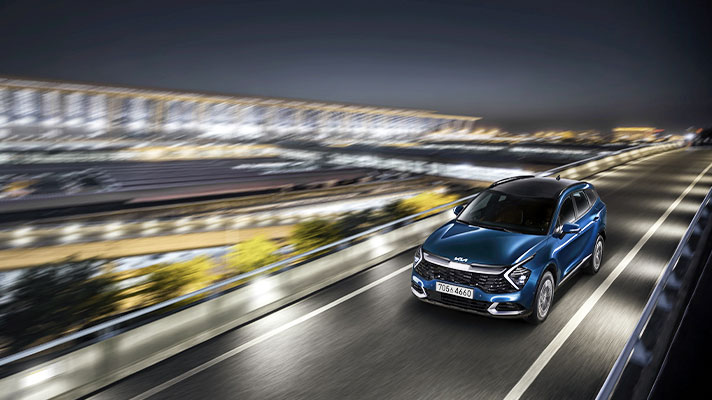
For reference, Hyundai Motor Group's latest hybrid vehicles charge themselves by checking the SOC of the low-voltage battery every 30 minutes even when the engine is turned off. This is the principle that the low voltage DC-DC converter (LDC) applied to the hybrid vehicle converts the electricity of the high voltage battery into 12V to charge the low voltage battery. As such, hybrid vehicles are preparing for over-discharge problems with safety functions such as SOC check, charging, and battery protection even when the engine is turned off.
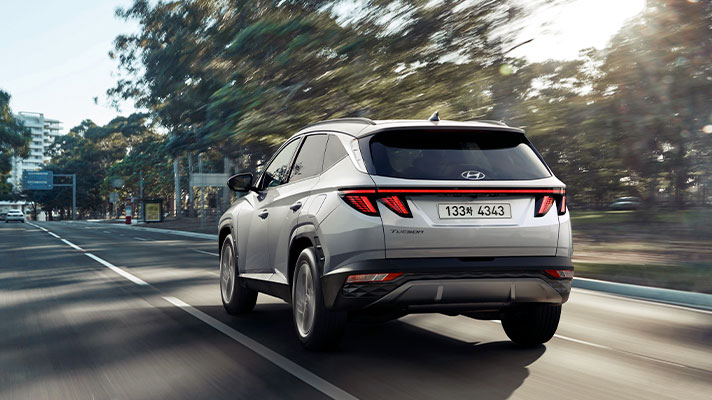
Hybrid vehicles are gaining popularity due to their excellent fuel efficiency and the advantages of being independent of charging station infrastructure or charging time. In addition, Hyundai Motor Group's recently introduced hybrid model has established itself as an eco-friendly car that captures both power and fuel efficiency with better output than the internal combustion engine model. If you understand the battery characteristics of a hybrid vehicle and use it correctly, you will be able to use a hybrid vehicle more safely and conveniently.
How to manually unlock the door
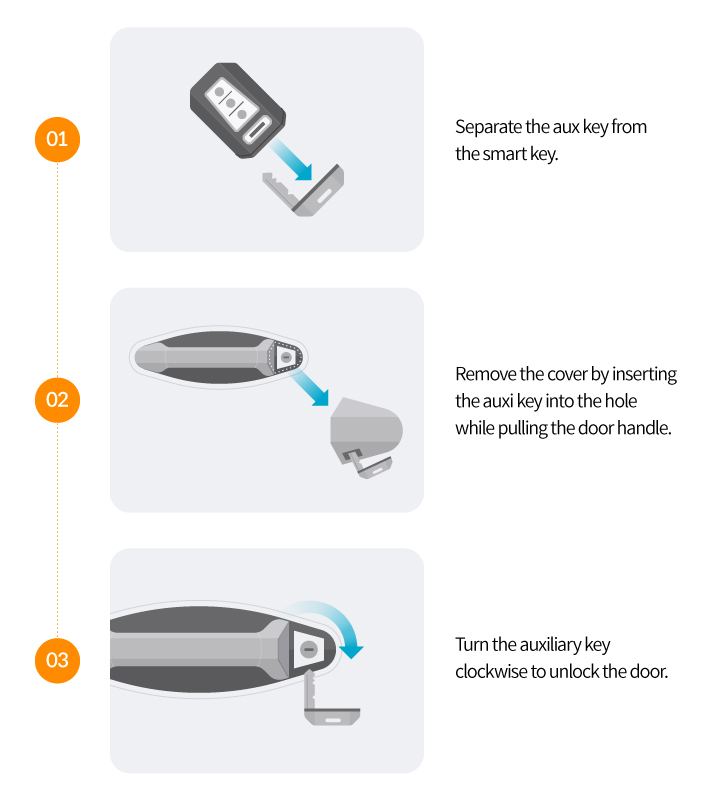
If the door lock is locked while the battery is discharged, you must manually unlock the door. First, remove the emergency key from the smart key and remove the cover of the vehicle's door handle. At this time, it can be easily removed by pulling the door handle and inserting the emergency key into the hole. After that, insert the emergency key into the keyhole and turn it clockwise to unlock the door.
How to start the engine when the 12V battery power is cut off
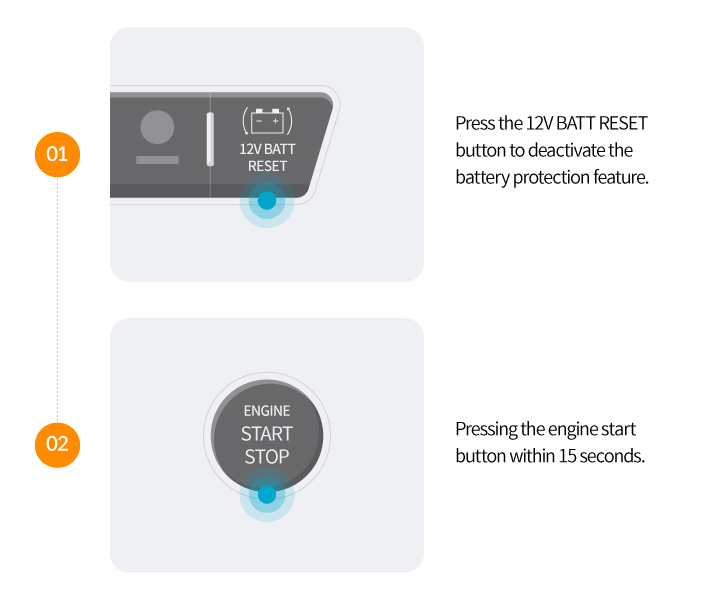
Once you are in the vehicle, you can power the vehicle through the 12V battery reset function. First, press the ‘12V BATT RESET’ button located on the lower left side of the steering wheel (the button location may be different for each vehicle model), and then press the start button to start the vehicle. At this point, the thing to note is that the engine must be started within 15 seconds after pressing the 12V BATT RESET button. If the engine is not started within 15 seconds, the 12V battery is automatically disconnected from the high-voltage battery to prevent over-discharge. If you keep pressing the 12V BATT RESET button without starting the engine like this, the battery may be over-discharged.
In addition, after starting the engine, you must stop or drive for about 30 minutes with the ‘ready to drive’ indicator on. This is to sufficiently charge the 12V battery. Hybrid cars charge the 12V battery even when the engine is off, so there is no need to step on the accelerator pedal.
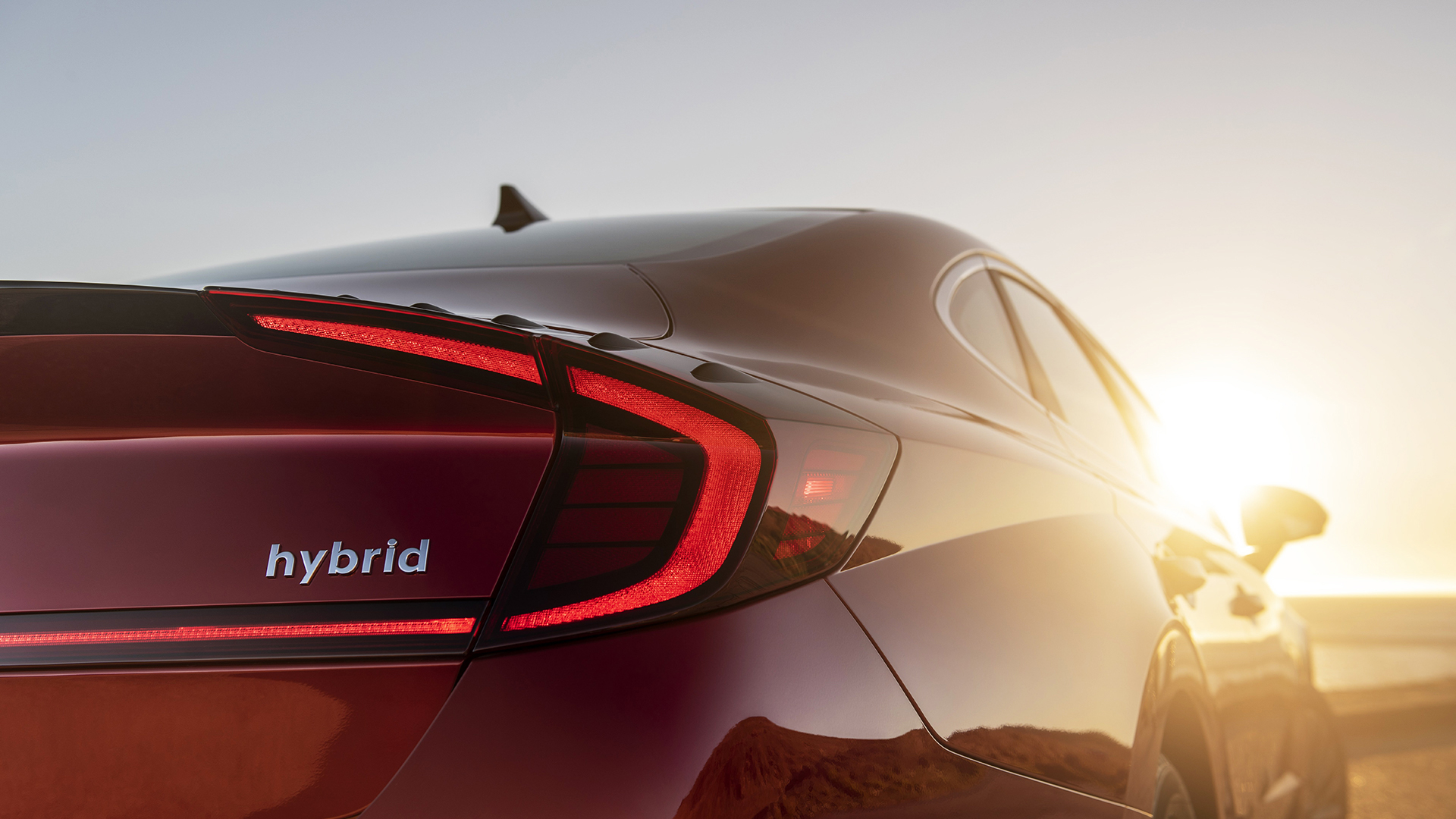
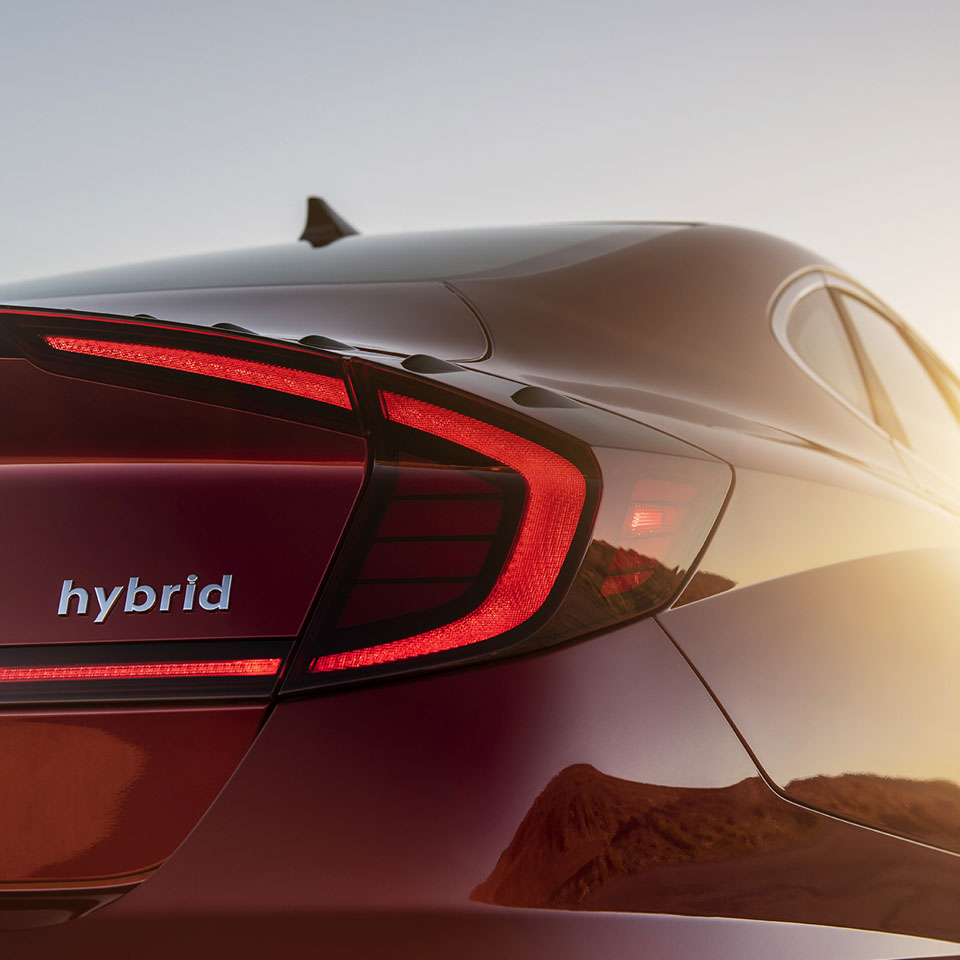
The Two-Hearted Future
2022.01.17 6min read